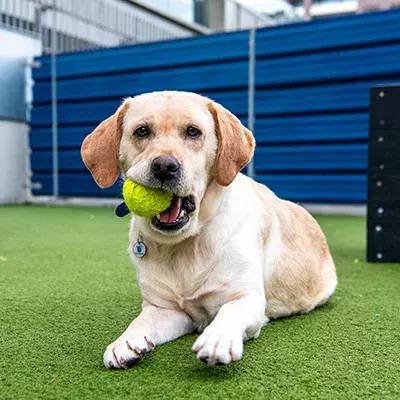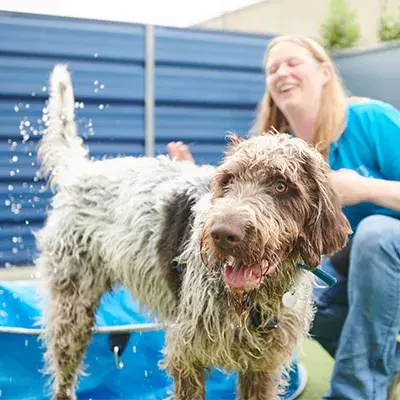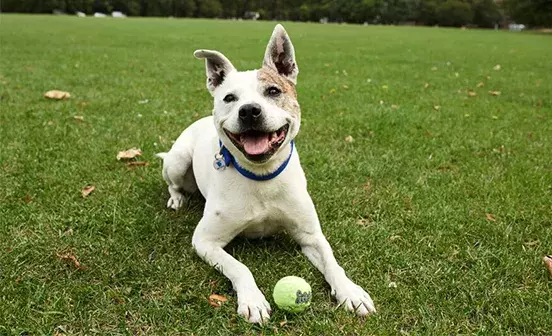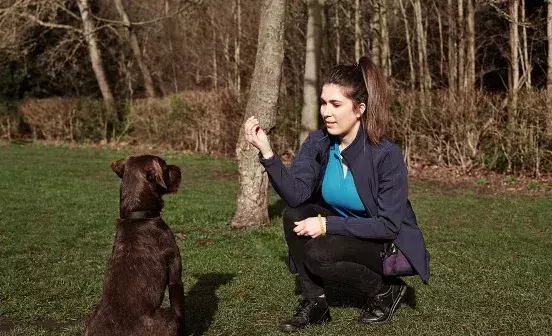Impulse control doesn’t come naturally to dogs, but with a little bit of training and positive reinforcement, you can help your dog to stay calm and learn self-control. Here is a guide on how to train your dog to control their impulses.
What Is Impulse Control?
Impulse control refers to your dog’s ability to resist the temptation to perform an unwanted behaviour.
Self-control doesn’t come naturally to dogs and is a skill that they need to learn. Impulse control is about teaching your dog to engage their brain and override their automatic response to a stimulus. Giving your dog mentally stimulating activities that are of low arousal will help to engage their senses and increase their overall level of calmness.
Examples of a lack of impulse control include:
- Jumping up when greeting people
- Running out of the door before allowed to do so
- Grabbing things out of your hands
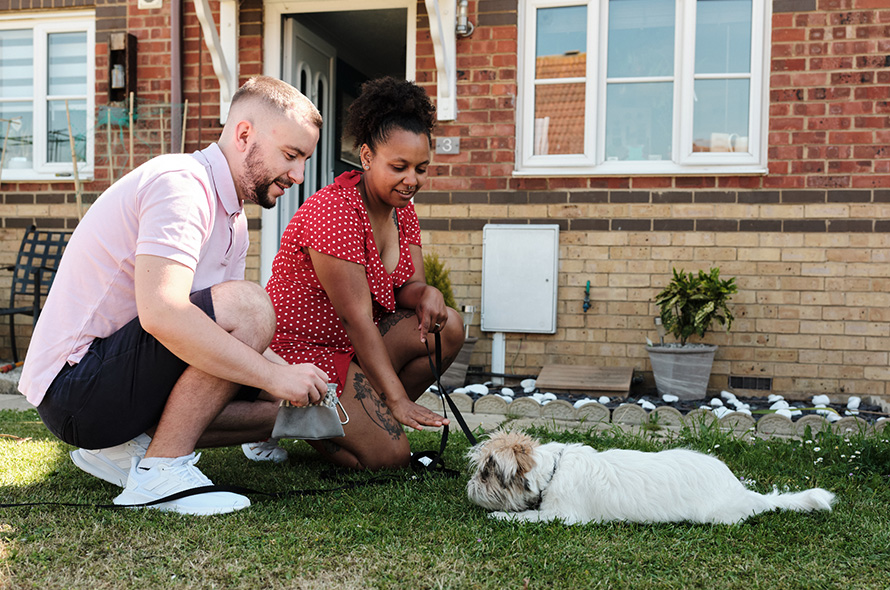
Behaviours You Can Teach Your Dog To Control Their Impulses
Basic behaviours to practice
There are some useful behaviours you can teach your dog to help them stay calm and learn self-control rather than reacting impulsively. We recommend teaching ‘sit’, ‘down’, and ‘wait’. You can find our guide to teaching a sit, down and wait here:
Once your dog can do a ‘sit’ and ‘down’ on cue, you can practice holding these behaviours for longer periods of time. Slowly increase how long you wait when they perform a behaviour before you mark and reward them. Make sure to build this up gradually so that your dog doesn’t get frustrated.
Gradually Increase Distractions
Once your dog can comfortably hold a sit or down and wait, you can begin to introduce distractions. Distractions can include:
- Walking around your dog
- Changing your position for example turning your back
- Introducing a distraction like a toy, dog or person into the environment. If you are introducing another distraction, remember to start with it at a distance so that your dog has more of a chance of ignoring it.
When asking for this behaviour in a more distracting environment, you may need to go back several steps and build up the duration of the behaviour again to make it easier for your dog to understand.
Positive Reinforcement
When working on impulse control with your dog, we recommend considering what behaviour you are trying to train. For example, if you are training your dog to be calm around greeting people, using treats may be more appropriate as a reward, as toys are likely to increase your dog’s arousal and make it harder for them to remain calm.
Impulse Control Around Toys
If you want to introduce impulse control around toys, we suggest teaching your dog a ‘drop’ and ‘leave it’, as well as a ‘start’ and ‘stop’ cue to begin and end play. This should help to prevent frustration and keep play constructive. To find out more, check out our training guides below:
